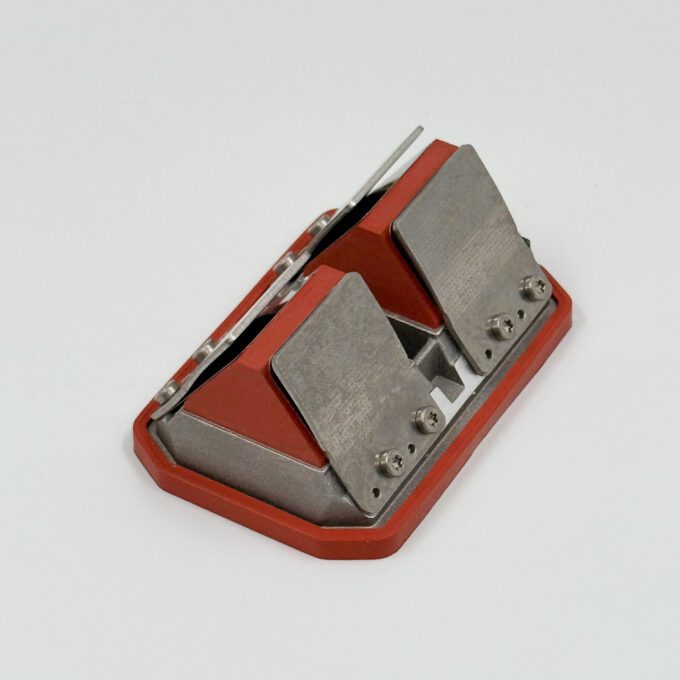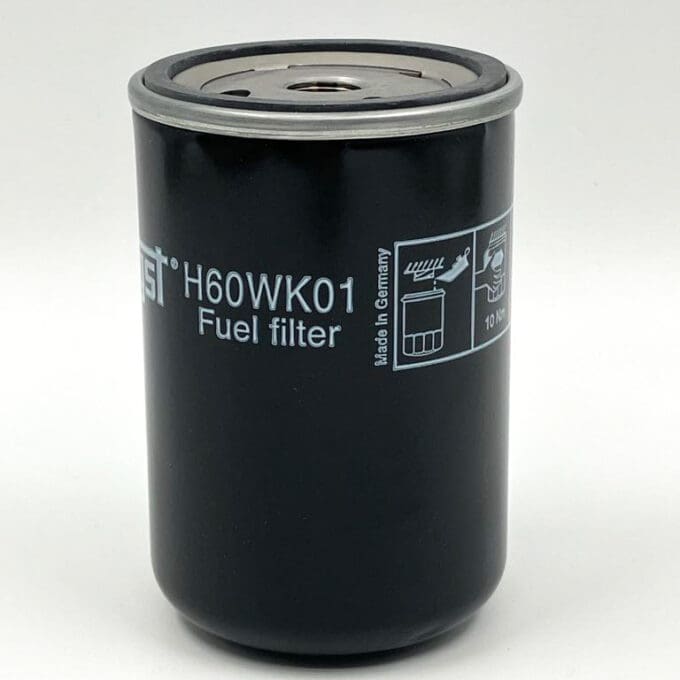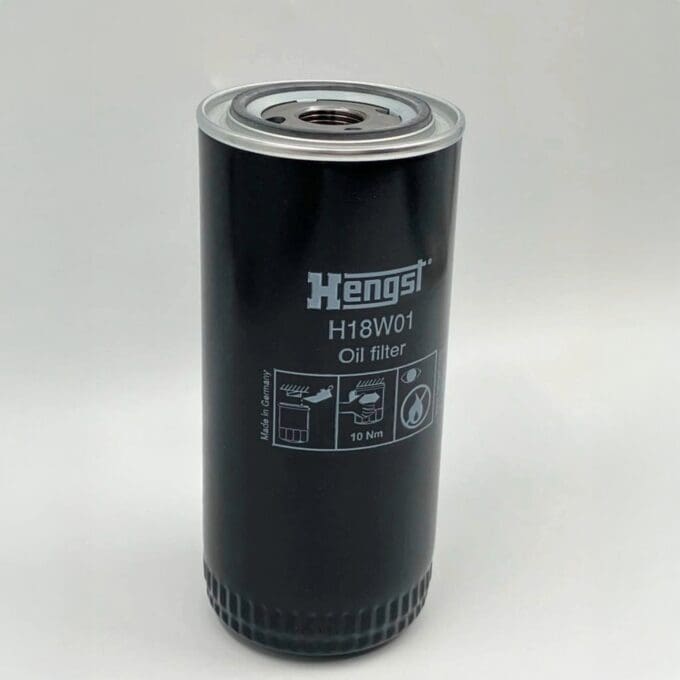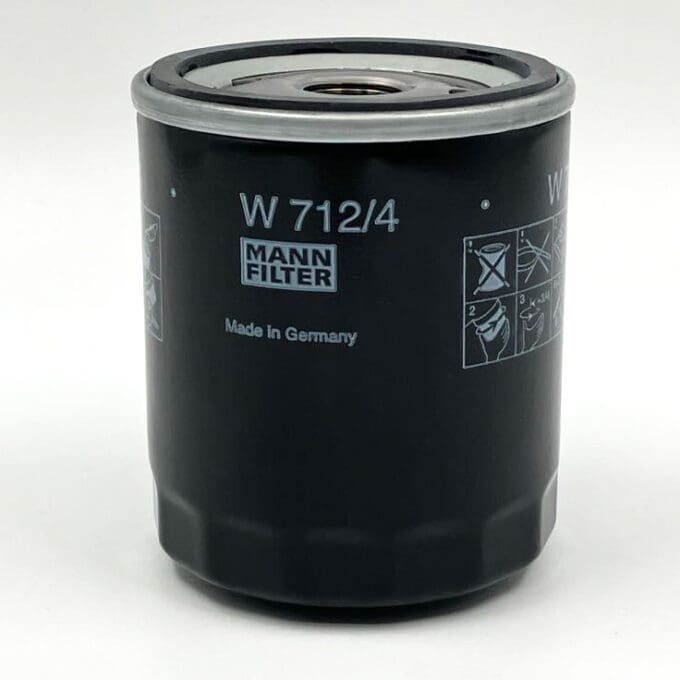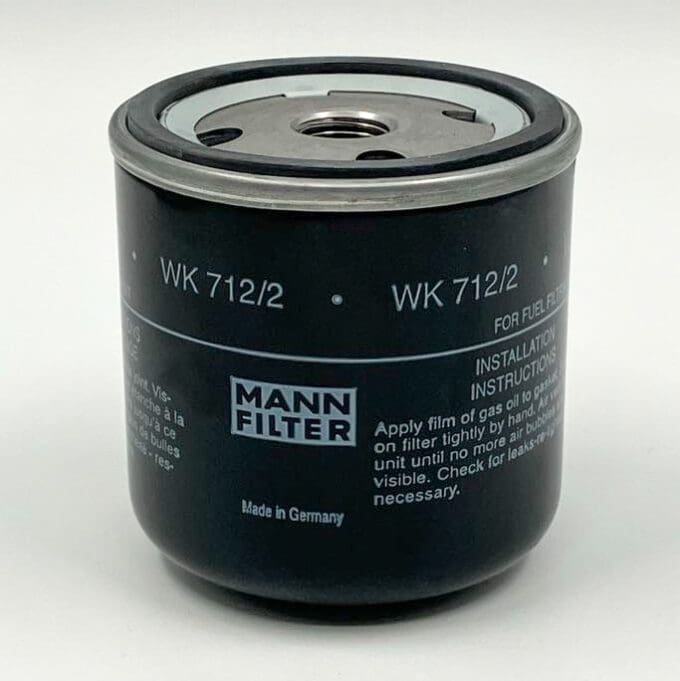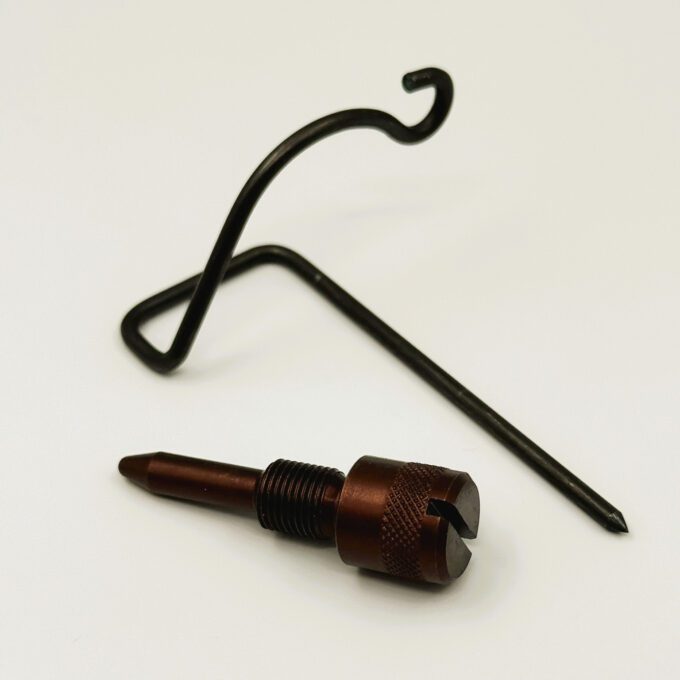Beginners guide to engine diagnostics
These three diagnostics tools have withstood the test of time.
Engine Smoke
- White smoke most commonly points to issues with engine timing or compression. Effectively, your fuel is not burning sufficiently and/or enough heat is not being generated at the right time in the compression stroke. Another possibility could be a bad head gasket or a cracked head allowing coolant to escape with the exhaust.
- Blue smoke is oil burning. Typically it indicates that worn rings, guides or liners are feeding excessive oil into the combustion chamber.
- Black smoke usually occurs with incomplete combustion when there is either too much fuel or too little air. Common culprits include worn injectors, leaking injection pump, clogged air filter, leaking charge air line, a defective turbo, etc.
Coolant
- Bubbles in the coolant mean compression gases are entering the system. Maybe a bad head gasket? Oil in coolant suggests a cracked head, block or the oil lines may be incorrectly installed, this was a frequent problem on Continental flathead engines.
Dipstick/Oil Fill
- Pressure coming up the tube indicates a problem in the lower end (i.e. not the head). Combustion and exhaust gases are pressurizing the crankcase and excessive air pressure is usually an indication of worn rings or piston liner.
The above diagnostics aren’t conclusive, but are common and point to some of the first things you should look into. Additional confirmation can come from oil analysis, magnafluxing, pop tests, etc. We stock workshop manuals for Perkins, Deutz, Deere, Continental and Ford Industrial engines so give us a call; we are happy to help.
Written by Dr. Diesel
Knowledge is power. To help our customers, we share tech tips summarizing some of our opinions, knowledge and information of interest that we have gathered since 1916 when Foley Engines opened for business. If you have any questions or comments, go to “Ask Dr. Diesel™” where you can pose questions about engines, clutches, exhaust scrubbers, etc.

